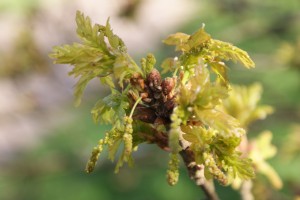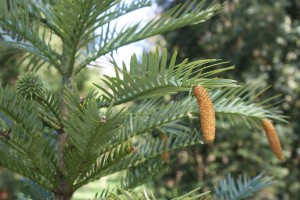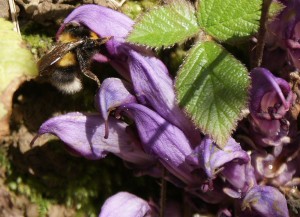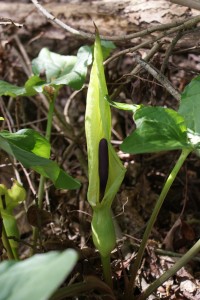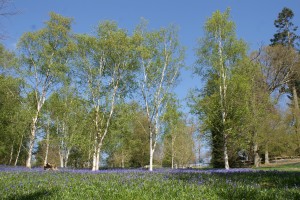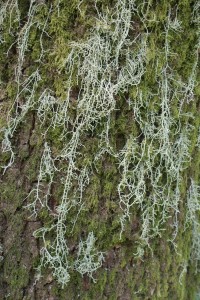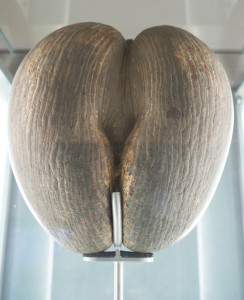In the moonlight, two Nightjars churr vigorously, competitively, their odd sewing-machine song continuing for minutes at a time, ending with a few chucks and wing-claps.
In the morning, a Golden Oriole squawks and mews strangely from the woods.
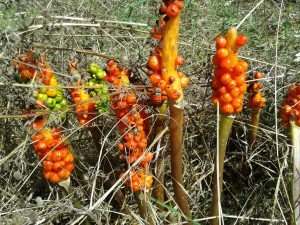
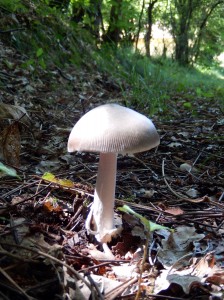
Amanita mairei is an unusual Amanitopsis (Grisette) section toadstool in the mainly poisonous Amanita genus. This one is found in mixed open woodland on sandy soil, exactly the case here, and a beautiful example of just how specialized our fungi are. How do 3,500 species of mushroom and toadstool share a continent? By specializing in different habitats, living with different plants. The volva, here partly eaten by slugs, is a whitish bag at the base, often buried in the soil. The stem is slightly fleecy, the cap convex and without an umbo, the little point often found in the middle.
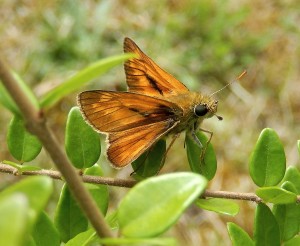
Under the hot sun, I plant some more lavender, and some ornamental Sage (Salvia superba) plants. They are soon visited by Large Skippers, bumblebees, a Hummingbird Hawkmoth.
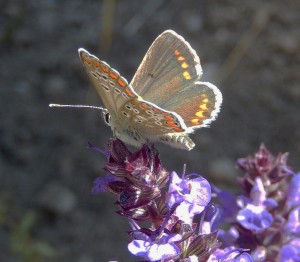
On the way home down a quiet country lane, we stopped the car for a Hoopoe. It wandered unconcernedly along the road for some minutes, eventually flapping away with its distinctive ‘butterfly’ flight to a telegraph wire. A Kestrel landed on the same telegraph wire nearby, then hovered over some long grass.
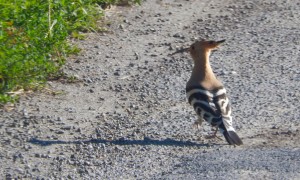
At 7pm, a very large Violet Ground Beetle, Carabus violaceus, about 30mm long, splendidly iridescent with a blue-black gloss, clambered up the wall of the house.
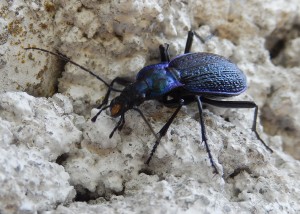
A Blackcap treated us to late-season bursts of musical song, brief but fluty. A Great Green Bush-Cricket fluttered a foot over the lawn, legs trailing like a wading bird’s, its four wings beating hard to keep its long body airborne. And a Wall Butterfly visited what I’ll have to call the Butterfly Flowerbed with its mix of flowering lavenders and thyme.


